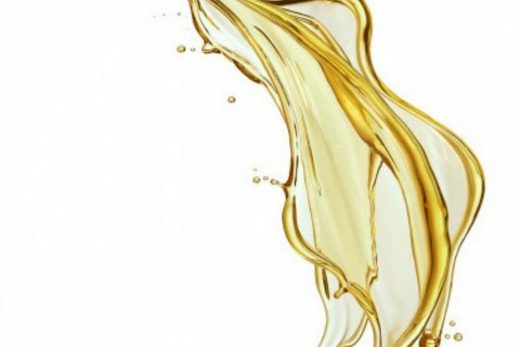In some cultures, lighter, pink colored nipples and areolas are esteemed as more youthful and enticing.
Hormonal fluctuations can contribute to changes in nipple color.
While most nipple bleaching creams are safe, healthcare professionals report that some women misuse them.
Nipple color varies from person to person and is primarily determined by genetics. If your skin is bright or fair, chances are your nipples will be fair or pink. If your skin tone is dark, your nipples will likely be copper-colored.
Women who feel self-conscious about their darker colored nipples may find bleaching creams and other techniques effective at addressing this concern. While these treatments can produce noticeable, long lasting results, certain precautions must be taken.
Why Nipples and Areola Might Change Color
High levels of the hormones progesterone and estrogen can contribute to changes in nipple color. As such, darker areolas might be a sign of hormonal fluctuations in your body. These fluctuations can be caused by a number of factors:
Puberty
During puberty, breast growth is often accompanied by a darkening of the areolas.
Menstrual cycle
Before and during menstruation, nipple size and color change. The areolas become darker before returning to their previous shape and color once your period has finished.
Oral Contraceptives
Birth control pills contain different mixes of estrogen and progesterone. When you’re taking oral contraceptives, your nipples and areola may change color. Your nipples will lighten again after you stop taking oral contraceptives.
Pregnancy and Breastfeeding
During pregnancy, darker skin may occur around your eyes, abdomen, and nipples. You shouldn’t be concerned about these changes as they are a standard occurrence with many pregnancies. Following delivery, your nipples typically return to their default color, but may remain dark while you are breastfeeding.
Skin Whiteners: What You Should Be Aware Of
“That doesn’t mean it’s necessarily bad, but it’s probably not a good idea to use something when you don’t know all the potential side effects.”
Hydroquinone is an ingredient found in many whitening creams. Most over-the-counter skin lightening creams contain roughly 2% hydroquinone, while the prescription form generally comprises 4%.
Hydroquinone is a capable whitening agent, but healthcare practitioners caution that it’s best to avoid excessive or long-term use of this ingredient.
New York City board-certified dermatologists warns that anal, nipple and vaginal bleaching requires careful attention. When lotions containing hydroquinone in doses that are higher than 2% are applied to the skin for a period longer than 90 days, the results, she explains, can be paradoxical. “With higher concentrations of the medicine there have been reports of the development of exogenous ochronosis, a darkening of the skin which is permanent and very resistant to treatment.”
Note that a 2000 EPA study confirmed that an increased skin tumor incidence had been reported in mice treated dermally with hydroquinone.
Harmful Ingredients
Make sure there is no mercury in the product you consume. Consumers should be wary of products that contain calomel, mercuric, mercurous, or mercurio. Prolonged use of mercury-laced products can cause increased anxiety, depression and psychosis. And if you’re pregnant, mercury could cause congenital disabilities to your unborn fetus.
Lastly, steroids contained within skin bleaching creams can undermine the production of essential hormones that regulate body processes. Long-term application of skin whitening ointments containing steroids can slow down your skin’s natural cell renewal and result in the outer skin layer becoming thinner and more translucent.
Skin can also become more susceptible to chemical and environmental factors as a consequence of prolonged steroid use. It can also interfere with your body’s hormone levels.
It’s worth noting that doctors usually give a very particular set of instructions when prescribing steroids, including the maximum number of days they should be used. However, consumers are often unaware that many over-the-counter whiteners contain steroids and, as a consequence, exceed a safe application limit.
Natural and Professional Nipple Lightening Treatments
There are numerous natural substances that you can employ to lighten your nipples. One popular method is applying lemon juice to your areolas and nipples several times a day.
Another method involves almonds and milk mulched together in a blender. It’s alleged that when applied to the nipples for an hour a day, the concoction will lighten dark nipples while simultaneously softening the skin.





